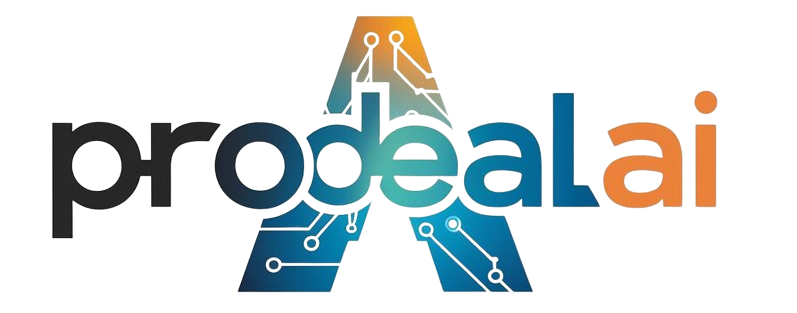Effective financial reporting is crucial for any organization to understand its financial standing, make informed decisions, and comply with regulations. However, manual financial reporting processes can be prone to errors, omissions, and inaccuracies, which can have serious consequences for a company.
To address these challenges, many organizations are turning to automated financial reporting systems. These systems use technology to streamline the reporting process, improve accuracy, and ensure compliance with regulatory requirements.
One of the key benefits of automated financial reporting is improved accuracy. Manual reporting processes are time-consuming and error-prone, as they rely on human input and interpretation. Automated systems use algorithms and predefined rules to generate reports, reducing the risk of human error. This not only ensures that financial data is reported accurately but also saves time and resources that would otherwise be spent on manual data entry and verification.
Automated financial reporting also helps organizations achieve compliance with regulatory requirements. Financial regulations are constantly changing and becoming more complex, making it difficult for organizations to keep up with the latest requirements. Automated systems can be programmed to incorporate these regulations into the reporting process, ensuring that all necessary information is included and reported accurately. This reduces the risk of compliance errors and potential fines or penalties for non-compliance.
In addition to accuracy and compliance, automated financial reporting also offers other benefits for organizations. These systems provide real-time access to financial data, allowing for better decision-making and strategic planning. They also improve efficiency by automating repetitive tasks and freeing up finance teams to focus on more strategic activities.
Implementing an automated financial reporting system requires an initial investment in technology and training. However, the long-term benefits far outweigh the costs. By boosting accuracy, ensuring compliance, and improving efficiency, these systems can help organizations make better financial decisions and drive growth and success.
In conclusion, automated financial reporting is a valuable tool for organizations looking to improve the accuracy and compliance of their financial reporting processes. By leveraging technology to streamline reporting, organizations can reduce the risk of errors, save time and resources, and ensure compliance with regulatory requirements. Investing in automated financial reporting is a strategic move that can position organizations for success in an increasingly competitive and regulated business environment.


